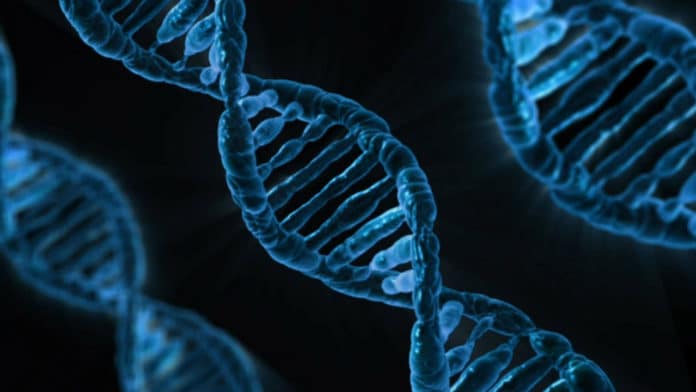The United Arab Emirates (UAE) indigenous population has a unique demographic and cultural history. Emiratis and neighboring people of the Middle East have been underrepresented in the population genetics literature. Few studies have covered the broader genetic history of the Arabian Peninsula.
The research team from Oxford University and the Imperial College London Diabetes Centre Abu Dhabi (ICLDC) found genetic fingerprints of nearly 1200 people from the United Arab Emirates (UAE). After analyzing the fine-scale genetic structure and ancestry, they discovered the genetic traces of population mixing spanning thousands of years.
According to scientists, these genetic traces contemplate people’s movement in the Middle East after major cultural transitions, like the invention of agriculture and desertification of the region in the past 6,000 years.
Professor Houman Ashrafian from Oxford University’s Radcliffe Department of Medicine said, “The unique family histories within the United Arab Emirates will make it easier to spot otherwise rare genetic variants related to diseases such as type 2 diabetes.”
“Geneticists could potentially use this population as a microcosm to find and understand otherwise difficult-to-find genes related to metabolic diseases.”
Scientists compared the genetics of their sample to those of people from Sub-Saharan Africa, the broader Middle East, Europe, the Caucasus, and South Asia. They found that the genetic admixture of their UAE sample reflected its intercontinental location between Africa, Europe, and Asia.
When the team analyzed the genetic makeup of the Y chromosome and mitochondria, they found the genetic mixtures consistent with previously known migration events.
The study’s first author, Dr. Kate Elliott, from Oxford University’s Nuffield Department of Medicine, said: “We know tribal culture is very important to Emiratis, and we saw these tribal patterns in their genetics. The different Emirates had distinct genetic signatures matching the geographical position of the Emirates across the country. Through collaborations with many experts, particularly Dr. Marc Haber’s group at the University of Birmingham, we have been able to deliver such an important contribution to the field.”
Oxford University’s Professor Houman Ashrafian said: “This is the first fine-scale genetic analysis of the Emirati population, and in addition to finding genetic traces suggestive of migration events from thousands of years back, we think that this is a useful population to find genetic variants linked to type 2 diabetes, which would have been hard to spot in any other population.”
“The Middle East is relatively understudied when it comes to population genetic studies, despite being home to over 460 million people. The unique population history of the United Arab Emirates makes it a good site to understand the genetics of this region, helping reduce health disparities and promote genomics-driven precision medicine through a deeper understanding of population-specific genetic variation.”
Journal Reference:
- Katherine S Elliott et al. Fine-scale genetic structure in the United Arab Emirates reflects endogamous and consanguineous culture, population history, and geography. DOI: 10.1093/molbev/msac039
